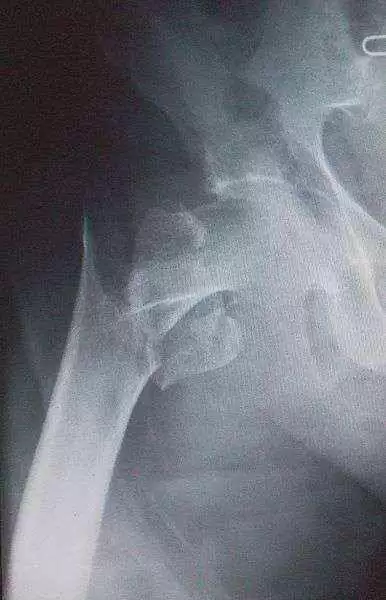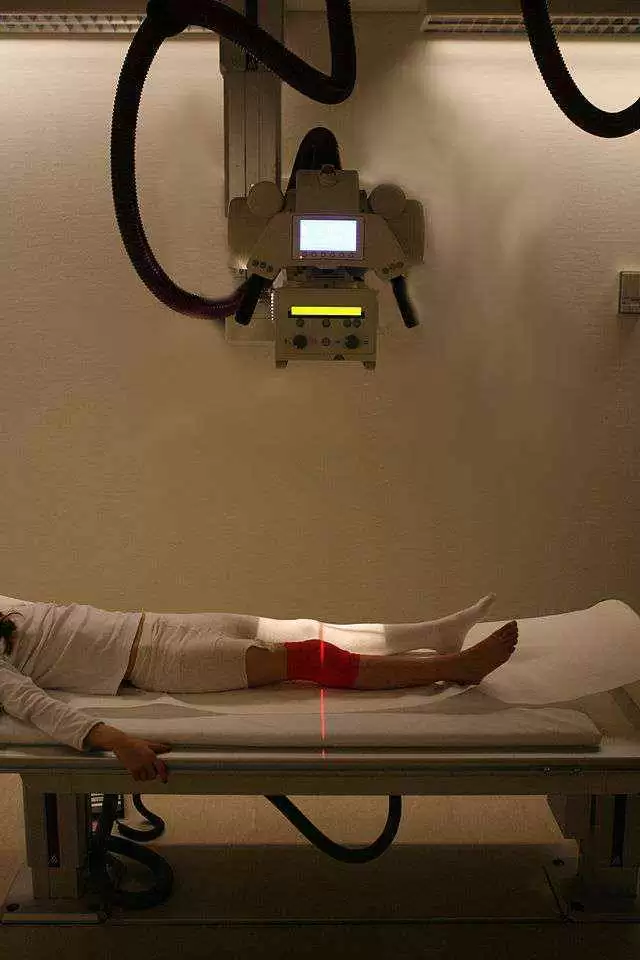Celiac.com 07/01/2011 - People with celiac disease, who otherwise have no risk for osteoporosis, face a risk of developing progressive bone loss that is more than four times higher than the general population. This according to a study by the researchers from the Lancaster University School of Health and Medicine in the UK.
In the latest study, the team took bone mass density readings of participants' skeletal health using dual-energy x-ray absorptiometry scans. They did this for more than 1,000 adults with celiac disease. The results showed that the lumbar vertebrae of individuals with celiac disease showed significantly lower bone density than those of healthy individuals. The team announced their findings at the European League Against Rheumatism's 2011 Annual Congress.
Celiac.com Sponsor (A12):
No subject in the study had other risk factors for bone loss, and the team concluded that celiac disease increased the prospect of osteoporosis by a factor of four and a half, even among otherwise healthy adults.
Because lumbar vertebrae sit at the base the spinal column, they take the most pressure, and thus, a more likely place for osteoporosis-related fractures.
In the U.S., vertebral pressure fractures are the most common skeletal injury caused by progressive bone loss. Over a half a million vertebral pressure fractures occur each year, according to the National Osteoporosis Foundation.
The UK study just the latest to show a connection between celiac disease and poor bone health. A 2010 report from Canada's University of Alberta that the average child with gluten allergies got less than half the amount of required vitamin K, as well as too little vitamin D.
The research team suggests that dietary supplements may improve nutrition in children with celiac disease, and thus reduce the likelihood that they will develop osteoporosis.
Source:
- Open Original Shared Link







Recommended Comments